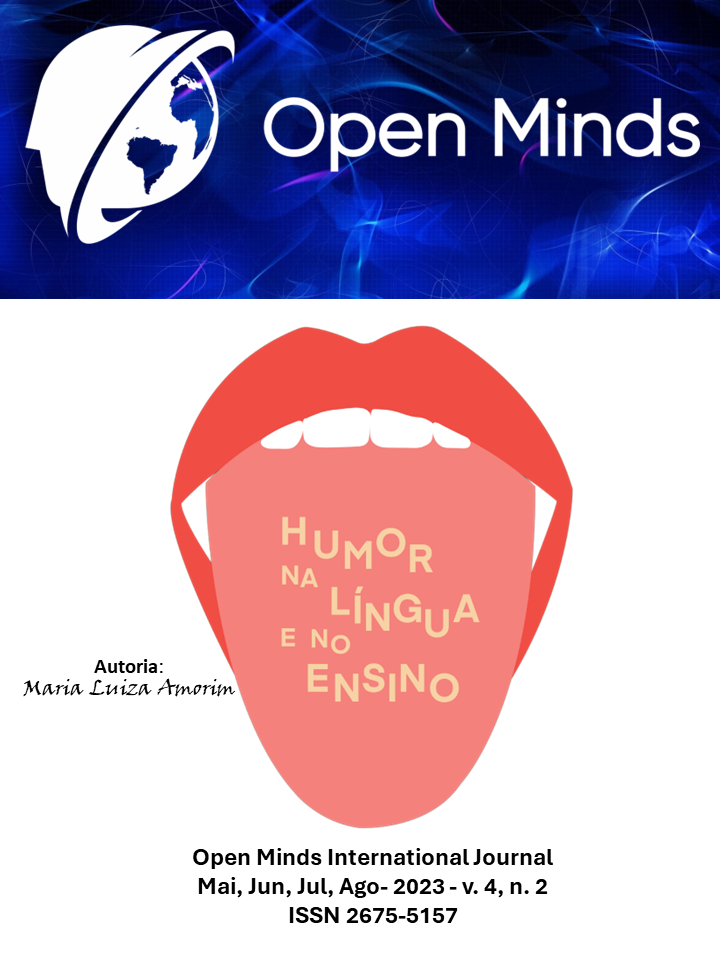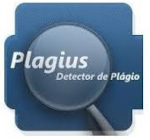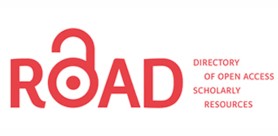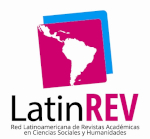BUDDY GHOSTS, DANCING SKELETONS: AN ANALYSIS OF HORROR_HUMOR IN LITERATURE
DOI:
https://doi.org/10.47180/omij.v4i2.234Keywords:
Children’s literature., Horror., Humor.Abstract
The purpose of this text is to provide a critical analysis based on the works of Minois (2003), Cabral (2007), and Bines (2017) to understand how horror-humor literature can serve as a valuable educational tool for children and teenagers, arousing curiosity and self-reflection due to the subversion of social homogenization categories that these texts evoke. Laughter can be understood as a threat to fear, a symbol of freedom, and, in this sense, laughter about death or our deepest fears within our psyche delineate the purging or cathartic nature of this laughter. For this reason, we argue that keeping children and teenagers away from reflecting on fear, mortality, and grief can have the opposite effect of what is desired. We believe that, by using appropriate language, these themes can and should be responsibly addressed with children, and inverted fables or horror-humor literature can be an interesting tool for discussing real-life ghosts with them, such as prejudice, the fear of others, and the formation of one's own personality.
Downloads
References
AZEVEDO, R. Elos entre a cultura popular e a literatura. In: RÖSING, T. e BECKER, P. (org.). Jornadas Literárias de Passo Fundo – 20 anos de História. Ensaios. Passo Fundo: EdUPF, 2001, pp.285-290. Disponível em: http://www.ricardoazevedo.com.br/wp/wp-content/uploads/Elos-entre-cultura-popular-e-literatura.pdf. Acesso em: 07 mai 2020.
BELINKY, T. Medoliques. São Paulo: Melhoramentos, 2010.
BINES, R. K. Mocking death in Brazilian children's folk literature. In: CLEMENT, L. D.; JAMALI, L. (org). Global Perspectives on Death in Children’s Literature. Londres: Routledge, 2016.
BURTON, T. O triste fim do pequeno Menino Ostra e outras histórias. Tradução de Márcio Suzuki. São Paulo: Girafinha, 2007
CABRAL, O. O riso subversivo. Maceió: EdUFAL, 2007.
CANTINI, B. Mortina: Uma história que vai fazer você morrer… de rir!. Tradução de Eduardo Brandão. São Paulo: Companhia das Letrinhas, 2017.
CARROLL, L. Aventuras de Alice no País das Maravilhas & Através do Espelho e o que Alice encontrou por lá. Tradução de Maria Luiza X. de A. Borges. São Paulo: Zahar, 2010.
CIARAMELLA, J. O Fantástico Alfabeto Lovecraft. Tradução de BRUNO DORIGATTI E CHRISTIANO MENEZES. São Paulo: Caveirinha, 2017.
COELHO, N. N. Literatura infantil. Teoria, análise, didática. São Paulo: Moderna, 2002.
ECO, H. História da Feiúra. Tradução de Eliana Aguiar. Rio de Janeiro: Record, 2007.
GAIMAN, N. O Alfabeto Perigoso. Tradução de Leonardo Villa-Forte. Rio de Janeiro: Rocco, 2011.
HISTORIETAS Assombradas (para Crianças Malcriadas). Direção de Victor-Hugo Borges. Rio de Janeiro: Cartoon Network Brasil, TV Cultura e TV Brasil, 2013 a 2016. 11 minutos por episódio.
HUGO, V. Notre Dame de Paris. Tradução de Ana Maria Alencar e Marcelo Diniz. São Paulo: Estação Liberdade, 2012.
_______. O homem que ri. Tradução de Regina Célia de Oliveira. São Paulo: Martin Claret, 2019.
LEAR, E. Viagem numa peneira. Tradução de Dirce Waltrick do Amarante. São Paulo: Iluminuras, 2011.
NĚCO z Alenky. Direção de Jan Švankmajer. Zurique: Condor Films, 1988. 86 minutos.
GOREY, E. The Wuggly Ump. In: Amphigorey. New York: Perigee, 1980.
MINOIS, G. História do riso e do escárnio. Tradução de Maria Elena O. Ortiz Assumpção. São Paulo: EdUNESP, 2003.
SENDAK, M. Where the wild things are. Londres: The Bodley Head, 1967.
SHELLEY, M.; STEVENSON, R. L.; STOKER, B. Frankenstein, O Médico e o Monstro e Drácula. Tradução de Roberto Leal Ferreira. São Paulo: Martin Claret, 2017.
VOLTAIRE, A. Spooky Songs for Creepy Kids. Portland: Projeckt, 2010. Disponível em: https://youtube.com/playlist?list=OLAK5uy_mHybtdgfTvOovgXgcwI-7Y4u8GuW2CL5k. Acesso em: 15 mar. 2021.
Downloads
Published
How to Cite
Issue
Section
License
Copyright (c) 2023 Open Minds International Journal

This work is licensed under a Creative Commons Attribution-NonCommercial-NoDerivatives 4.0 International License.
The authors declare that any work submitted, if accepted, will not be published elsewhere, in English or in any other language, and even electronically, unless it expressly mentions that the work was originally published in the Journal.













